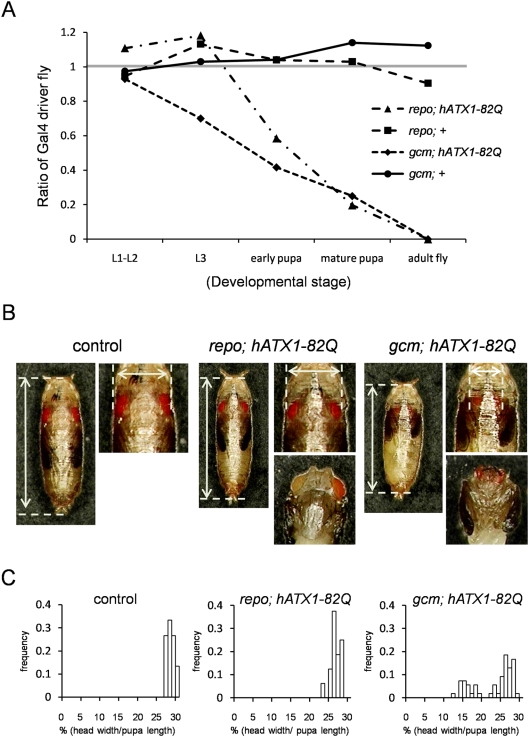Figure 4. Glial cell lineage expression of hAtx1-82Q induces abnormal development.
(A) The graph shows survival from larvae to adult fly of the hAtx1-82Q expressing (repo; hATX1-82Q and gcm; hATX1-82Q) or non-expressing siblings. The repo; hATX1-82Q and gcm; hATX1-82Q larvae (F1) are generated by crossing UAS-hATX1-82Q virgin females and repo-Gal4/TM3, GFP Sb or gcm-Gal4/CyO, GFP males. repo+ and gcm+ are F1 of WT virgin females and repo-Gal4/TM3, GFP Sb or gcm-Gal4/CyO, GFP males. The ratio of GFP(−)/GFP(+) larvae was calculated. The gray line in the graph is the ideal ratio for no toxicity. (B) Head size in gcm; hATX1-82Q at mature pupa stage was evaluated. Vertical and horizontal arrows indicate the length of pupae and the width of their heads, respectively. Wild type (control), repo; hATX1-82Q F1 and gcm; hATX1-82Q F1-pupae (GFP-negative) were examined. The lower panels show the heads after removing the capsule. (C) Histograms show the head width /pupa length ratio (%) of pupae. The frequency of ratio was plotted in each histogram, and the numbers of examined control, repo; hATX1-82Q and gcm; hATX1-82Q were 15, 16 and 54, respectively.

